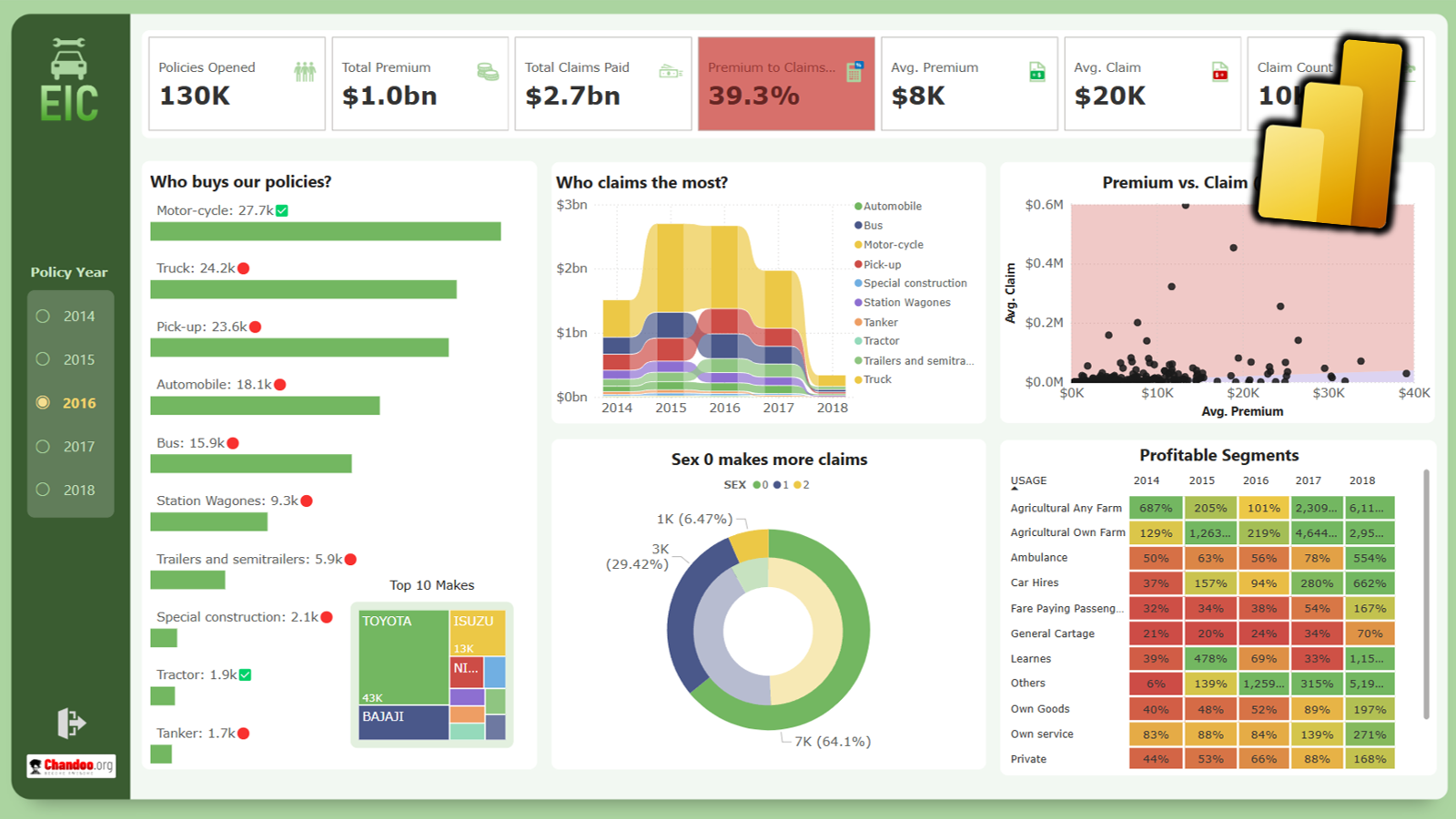Time for another Excel formula / Power Query challenge. This is based on a common business data analysis problem. Say you have two tables – calls log and office hours. Call log tells when each call is received. Office hours tell us working hours for seven days of the week. We want to know how many calls are outside office hours.

Count calls outside business hours – problem
So you are up for the challenge eh? Just follow the below steps.
- Download the problem data set.
- There are two tables. calls & working.hours.
You have three problems to solve.
- Write a formula in calls table to identify if a call is outside office hours. Can be Yes/No or TRUE/FALSE
- Write a single formula outside the tables to count how many calls were made outside office hours. The answer should be 693. You can use helper columns (or the column in problem#1) if you want.
- Set up a Power Query to filter all outside office hours calls.
Successful in finding the answers? Please post them in comments.
If you have an answer, please post your formulas / VBA / M / spells in the comments area.
Want some clues? Try these – BETWEEN formula in Excel, Range lookup, Working hours problem
Of course there is a hidden answers worksheet in the download. So check that out if you feel stumped.
Want more problems?
Check out Excel homework and Excel challenges pages for some hard, interesting and fascinating problems to solve.
All the best. I am waiting for your answers.




















6 Responses to “Nest Egg Calculator using Power BI”
Wow! What a Powerful article!
Hello Chandoo Sir
your file does not work with Excel 2016.
how can I try my hands on this powerful nest egg file ?
thanks
Ravi Santwani
@Ravi... this is a Power BI workbook. You need Power BI Desktop to view it. See the below tutorial to understand what Power BI is:
https://chandoo.org/wp/introduction-to-power-bi/
As always, superb article Chandoo... 🙂
Just one minor issue:
While following your steps and replicating this calculator in PowerBI, I found that the Growth Pct Parameters should be set as "Decimal number" not "Whole Number"
OR
we have to make corresponding adjustments in the Forecast formulas (i.e. divide by 100) to get accurate results.
You are right. I used whole number but modified the auto created harvester measure with /100 at end. Sorry I did not mention it in the tutorial.
Instead of
[Growth Pct 1 Value]/12
the monthly rate has to be
(1+[Growth Pct 1 Value])^(1/12)-1
It's a slight difference but in 30 years the future value will be $100k less.